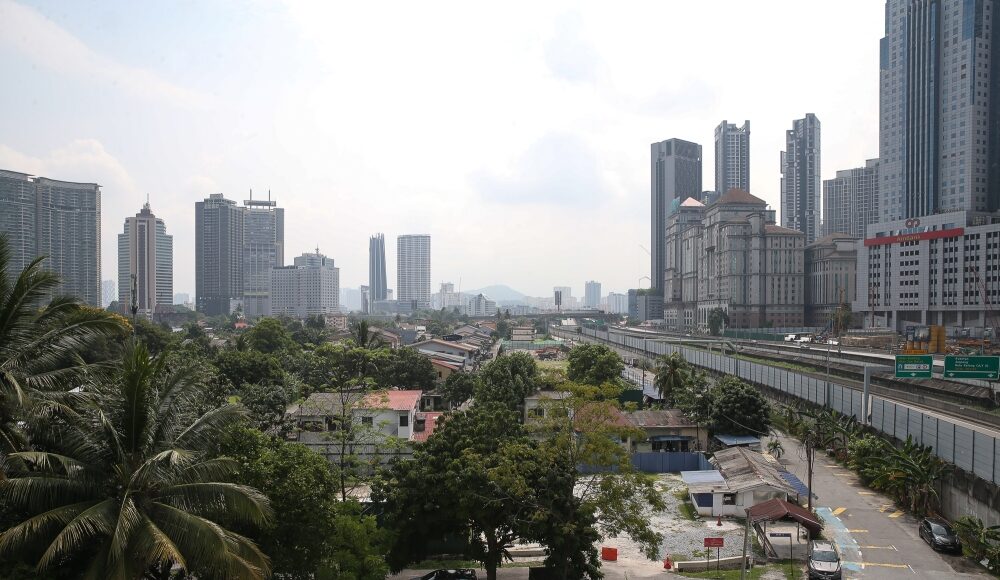JULY 9 — The scene is heartbreakingly familiar. A neighbourhood, planted and nurtured over two or three decades, begins to truly flourish. The trees once no taller than a toddler now stretch wide and strong, offering shade and songbirds. Children run freely between playgrounds and front porches. The Makcik selling nasi lemak at the street corner knows your name, the Uncle bas-sekolah gives out free rides to the local team, the neighbourhood surau offers bubur lambuk to all during Ramadan, and evening walks are filled with nods, smiles, and conversations.
In these spaces, something precious is built: community. Parks, schools, and kedai runcit become more than infrastructure — they are the beating heart of a living, breathing neighbourhood. They are where trust is formed, where our children learn the meaning of belonging, and where everyday Malaysians create beauty out of ordinary life.
Then, one day, it’s all ripped apart.
Without real consultation or care, the local authorities approve yet another high-rise development. The kind that promises “progress” but delivers overcrowding, gridlock, and grey concrete. No one asks whether the neighbourhood can absorb the extra traffic, the extra rubbish, the stress on schools and drains. Trees are felled to widen roads. Parks are sacrificed for parking lots. And the result? More and bigger roads are built to handle the traffic — a short-sighted and ultimately futile solution.
A general view of the Kampung Sungai Baru in Kuala Lumpur April 26, 2025. — Picture by Yusof Mat Isa
The greenery vanishes, sidewalks disappear, and the parks where children once played are replaced with asphalt and flyovers. Where once people lingered, they now rush indoors. And with that, something quietly dies. The laughter of children fades. The neighbourly greetings stop. People retreat into gated enclaves, disconnected from one another. It is a kind of slow, quiet violence — done not with weapons, but with planning approvals and bulldozers.
As neighbourhoods lose their liveability, governments end up shouldering higher costs to police rising crime, manage worsening pollution, and repair the social fragmentation caused by poor planning. At the same time, the deterioration in quality of life depresses overall land and property values, making these areas less attractive to investors and undermining long-term economic growth.
This is not accidental. It is systemic. It is the direct result of bad urban planning — carried out by people who do not care because they are not accountable. They don’t have to live with the outcomes of their bad decisions. Planners and politicians approve projects based on short-term economic gains, often with little regard for environmental sustainability or community wellbeing. The result is a city built for profit, not for people.
It doesn’t have to be this way.
Our laws already have provisions to prevent this. The Town and Country Planning Act 1976 (Act 172) mandates that planning decisions must promote orderly development and protect the wellbeing of communities. The Local Government Act gives councils the authority — and the responsibility — to ensure that development is aligned with the public interest. Traffic, environmental and social impact assessments are supposed to safeguard exactly the kind of liveability we are losing. Yet these are too often sidestepped, treated as token checkboxes or manipulated to serve the interest of profit.
And this leads to a fundamental question: how can the government claim to pursue the vision of Madani — one rooted in compassion, balance and sustainability — if it is unable to prevent this transgressive model of development that hollows out our neighbourhoods?
We need to promote a new model for development. One that is based on clearly defined positive outcomes. We need to start with a different question for every proposed development: Will this make our neighbourhood more liveable?
If it erodes community, increases car dependence, and destroys the green and social spaces we rely on — then it must be rejected.
But if it nurtures human connection, improves air quality, strengthens learning environments, and restores the human scale of our cities — then it deserves our full support.
Because liveability is not a luxury. It is a right. And we must demand a city that puts people, not profit, at its heart.
* Dr Shahridan Faiez is a development practitioner working on the intersection of finance and sustainable development. Formerly with the World Bank, he has experience across 20+ countries partnering with farmers, tribal leaders, and policymakers to transform public investments into concrete outcomes.
** This is the personal opinion of the writer or publication and does not necessarily represent the views of Malay Mail.





